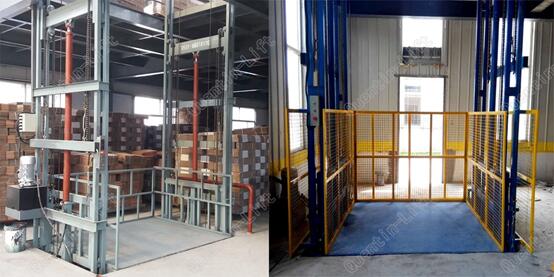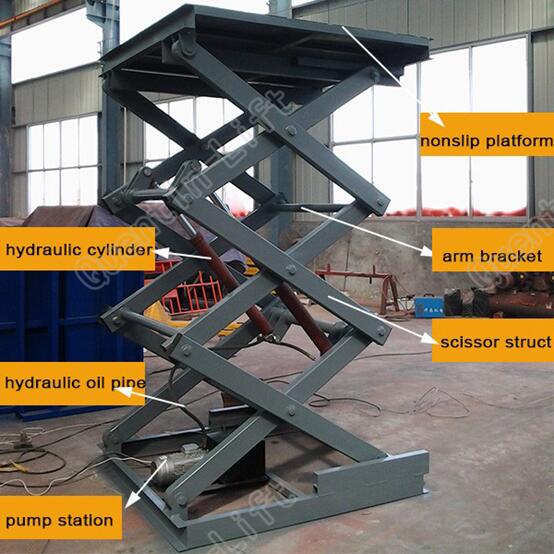The development history and trends of elevators
Since humans have learned to use tools, humans cannot leave the tools. With the advancement of science and technology and the development of society, the tools used by human beings are becoming more and more advanced. The tools required for work such as aerial work and vertical cargo transport are called lifts, also called lift platforms.
The earliest appearance of similar lifts should be traced back to ancient China and European countries. At that time, people and goods were transported vertically by means of pulleys and other tools. The product of the modern lift-type 19th century steam engine after its invention. In 1845, the first hydraulic lift was born, and the liquid used at that time was water. In 1853, American Eliza Otis invented automatic safety devices, which greatly improved the safety of wire rope traction lifts. On March 23, 1857, a five-storey store in New York, USA, installed the first passenger lift using the Otis safety device. Since then, the use of elevators has been widely accepted and developed at a high speed. The original lift was propelled by a steam engine, so the building to be installed must be equipped with a boiler room. In 1880, the German Siemens invented the use of electric lifts, and the veritable "lift" officially appeared.

In modern times, we used to lift goods and it was a wooden ladder that was neither convenient nor safe to use. The first city in China to install lifts is Shanghai. In 1907, the six-storey Huizhong Hotel installed two Otis lifts. Taiwan's first commercial lift was installed in 1932 and was located in Taipei City, then known as the "flow cage." The domestically produced lifts are available in different models. They are equipped with advanced hydraulic, motor and pumping station systems at home and abroad. They are widely used in various fields, and do not require a machine room.
The development of elevators is at a peak, as most manufacturers or individuals have chosen more multi-storey buildings in order to improve the utilization of the site, so a device is needed to facilitate the transportation of goods up and down. However, ordinary elevators have high cost and low load capacity, and are not suitable for loading goods of several tens or even hundreds of tons. Therefore, hydraulic lifts with lower load and greater weight have been widely used and rapidly developed.

